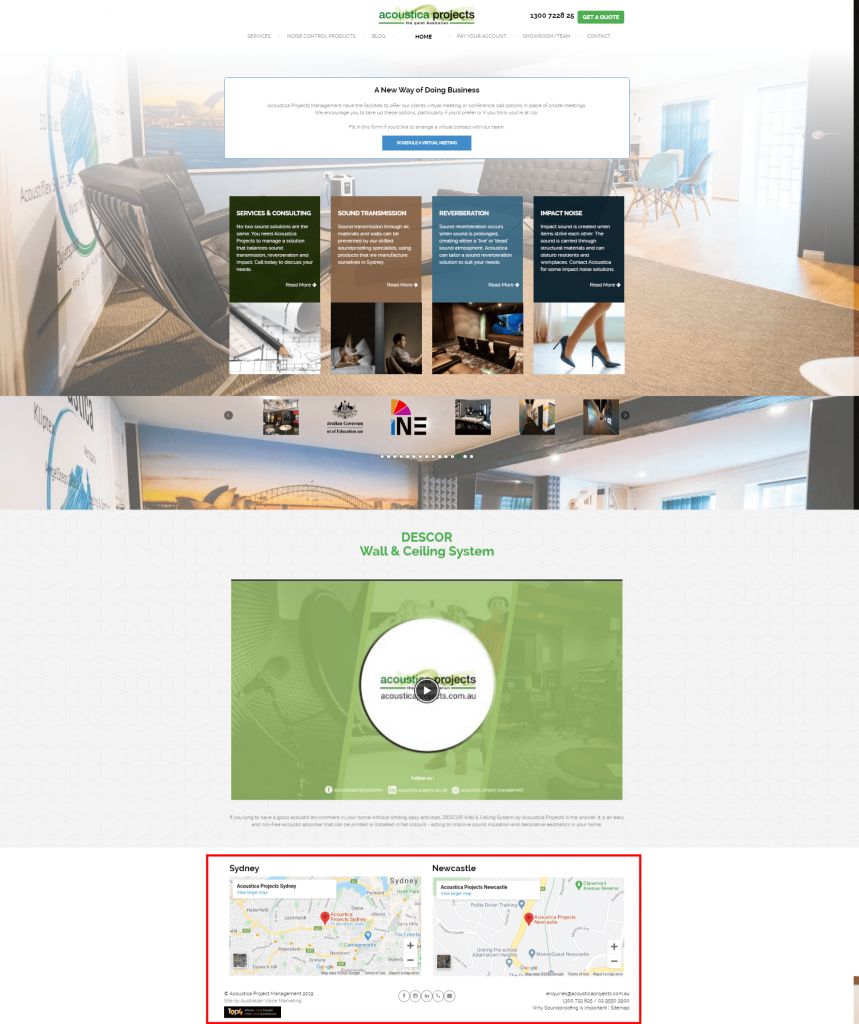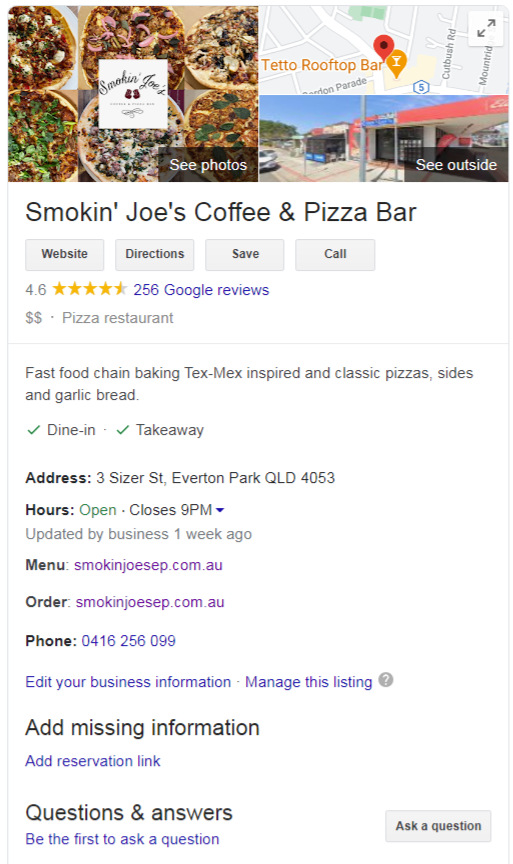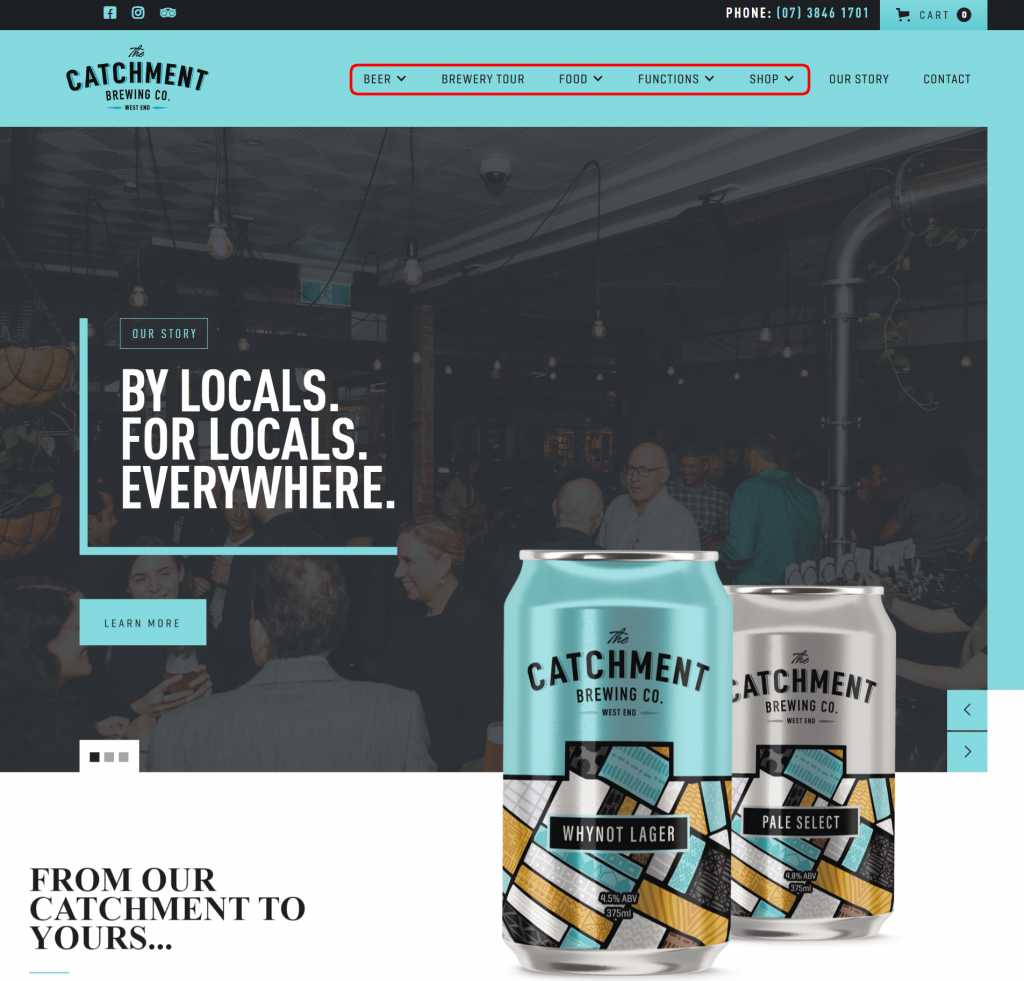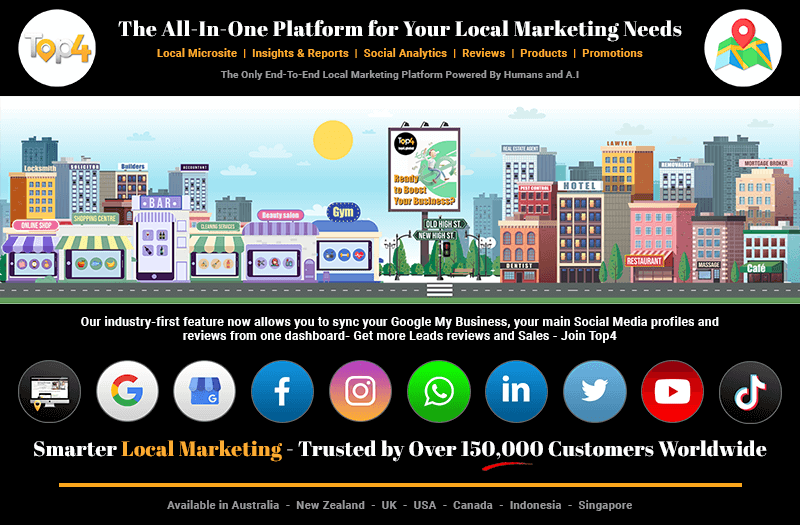
Digital marketing for local business owners is becoming more important than ever, especially with local stores needing to move online due to the pandemic.
In a recent local survey 85% of shoppers search for a local business online, let’s make sure your website can be found. 46% of all Google searches are seeking local information. A strong local SEO strategy is key to driving more people to your store, whether you have one storefront or five hundred.
Keeping and attracting new customers is a key focus for small business owners globally to succeed. So getting the basics right when it comes to your website (and Google SEO ) — the first stop for almost any new customer — is critically important.
Here are some tips for local business owners or anyone who manages a business’s website. An important aspect of digital marketing is how you share information about your business not just with consumers, but also with Google.
If you do it well, Google will promote your business to online searchers looking for your product or service. and since 92% of all internet searches are done via Google — a few extra Google-specific suggestions are included in the tips for local business owners 2021 and beyond below.
1. Location — double down on being local
Your location should be a prominent part of your website. Not only for your soon-to-be customers, but for the websites, social channels, and search engines that send people to your business.
Search engines are sophisticated and often use a searcher’s current location when providing results, meaning that including accurate location information on your website is crucial.
Put your local business location in your footer and include it on your ‘Contact Us’ page. If you have multiple locations, you should also add a “locations” link to your main website navigation.

And make sure to add the keyword of “your local business location” as well as any other areas your business serves, to your website in other places where appropriate.
The more specific the better, so consider including a county, neighbourhood, and/or region as well.
2. About Us — trust is crucial
Put some effort into your ‘About Us’ page; it’s the second most popular page of many local business websites. 2019 Edelman Survey shows Eighty-five per cent of consumers only buy from businesses they trust.

Those consumers often use ‘About Us’ pages to learn essential information about a new or experienced local business. Sharing your brand’s story and company values creates a connection with people as they evaluate which businesses to buy from.
Think about the following questions as you review your site:
Why did I start this company in the first place?
What issue am I attempting to resolve?
Who are my clients?
Would I buy from you based on the information on your website and description?
What distinguishes me from the competition?
What should I do to make my website stand out from the crowd in terms of design?
It doesn’t matter what local business you are running. If you’re running a restaurant, landscaping business, or hardware store — 85% of consumers only buy from brands they trust.
3. Google My Business — accuracy and consistency matter
Create a Google My Business account if you don’t already have one. It’s quick and easy to get started and will pay dividends. A Google My Business account is a free listing that allows you to promote your local business on Google search and Maps. It’s how people typically get the first impression of your business.

A Google My Business account allows you to modify your hours of operation, add contact information, and provide quick post-style updates if necessary.
Contrary to what some may think, the information that displays on a Google My Business profile is not automatically generated, so it’s important to keep it up to date and 100% accurate.
Take a look at this local business example. Make sure you fill in the info about what kind of local business you are running.

Fortunately, once you do it right the first time, maintaining accuracy is usually as simple as a few clicks here and there. But don’t forget, if you’re updating your Google My Business account, you may also need to edit other accounts such as a Top4 listing or social media.
4. Add a button to your navigation — make it easy
When people visit your website, there’s likely some action you want them to take. Or there is an action you know they plan to take.
Whatever your goal, make it easy for website visitors to complete it by including a prominent button in your navigation or main menu. Here are some of the example of it:

Your button could read “Menus” if you’re a restaurant, “Shop” if you have an online store, or “Directions” if you’re a bit off the beaten path.
Try to make the button text one word. And don’t forget to include your preferred social channel icon in your menu too.
5. Email and Phone Numbers — start collecting them
If you’re not already, start collecting email addresses and/or phone numbers from your customers. Even if you don’t have a marketing or communications plan currently in place, simply compiling contact information, with the proper consent, can build the foundation for future marketing. Include a sign-up form on your website and ensure you have a strategy for storing submissions, whether it’s a CRM (customer relationship management) or a simple spreadsheet.
Just remember, to be able to market by email or phone, you have to obtain an individual’s informed consent to receive communications. Be sure your sign-up form clearly states what types of communications people can expect to receive — something like, “Sign up for emails about our monthly specials” — and that you have an easy way for subscribers to opt-out if they no longer want to hear from you.
Although informed consent can seem to be a bother at first, it is actually helpful to both your company and your subscribers because it means that the people you’re emailing want to hear from you.
6. Respect the Front Line — a sometimes overlooked marketing channel
Start thinking of your employees and team members as a marketing channel. Are they prepared to help consumers follow you on social media, explain your loyalty program, or promote an upcoming sale or special? Remember, it’s these customers who will tell others about you!
Simply because employees communicate with customers in person, they are often a business’s most effective form of engagement, so it’s vital to ensure they are prepared. Provide them with the information they need, explain your business goals, and get them excited about promoting your products and services.
And don’t forget to keep the lines of communication open. Often employees will have key insights — customer opinions about specific products, frequently asked questions, etc. — that you can use to improve your marketing.
7. Secure Your Website & Connection — a padlock and an “s”
If your website isn’t secure, your data, and your customer data, is not safe.
In 2018, Chrome began explicitly marking all HTTP sites as “not secure”. Then in 2019, Google published a roadmap for Chrome’s gradual but inexorable push towards blocking mixed content (insecure HTTP subresources – images, audio, and video – loading on HTTPS pages). So not only will having an unsecured website hurt your SEO, but it also reduced your customer credibility. Consumers are warned when visiting a website that is not secure, which makes them question whether they should trust your business.
Visit your business’s website. If you see a padlock next to your URL, congratulations, your site is secure. If not, you’ll want to look into your security options.
Reach out to your website hosting provider. Website hosts vary depending on the platform you used to build your site. All-in-one solutions like Squarespace or Wix host their own sites. However, other website platforms like WordPress and Drupal require separate hosting providers (a few popular host examples are Cloudflare, Bluehost, and GoDaddy).
Just know that any work you do now to better optimize your website builds a strong foundation for your business as it grows and evolves.
To find out how we can help you with your Website + Marketing, using our unique location marketing platform called Top4, get in touch today www.top4marketing.com.au

Looking to build customer loyalty through social media? Don’t forget to add your business to Top4.com.au
List your business, create your own digital store to sell goods and services, and share posts on social media. Promote your business on Google instantly! Should you need help with local digital marketing then view our new Google Marketing Platform and services Top4 Marketing
Get Found On Google Promote Your Website, Reach local customers today!
Our Digital Marketing Agency Services Across All Industries Include Search Engine Optimisation (SEO), Google Marketing, Website Design, Corporate Web Development, and local location-based marketing using our own Google Marketing Platform!
Engage A Social Media Agency For Only 1/3 The Cost Of Employing A Social Media Manager…LET’S TALK!
Source: patch.com




